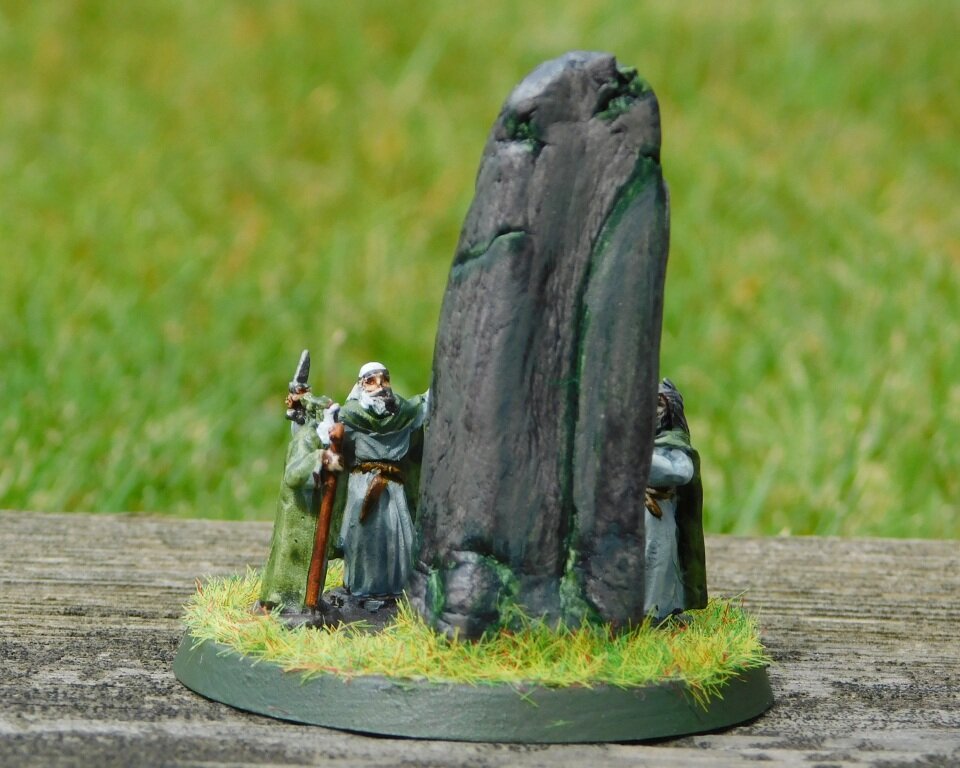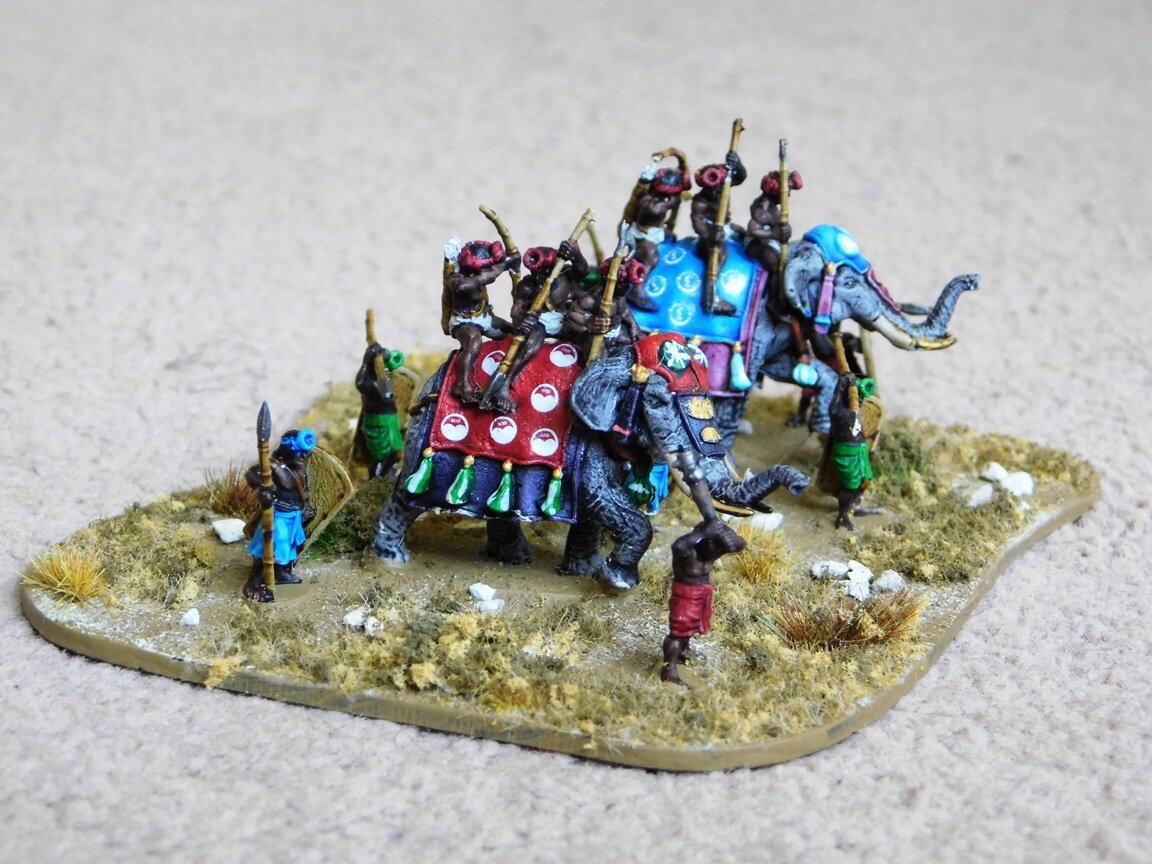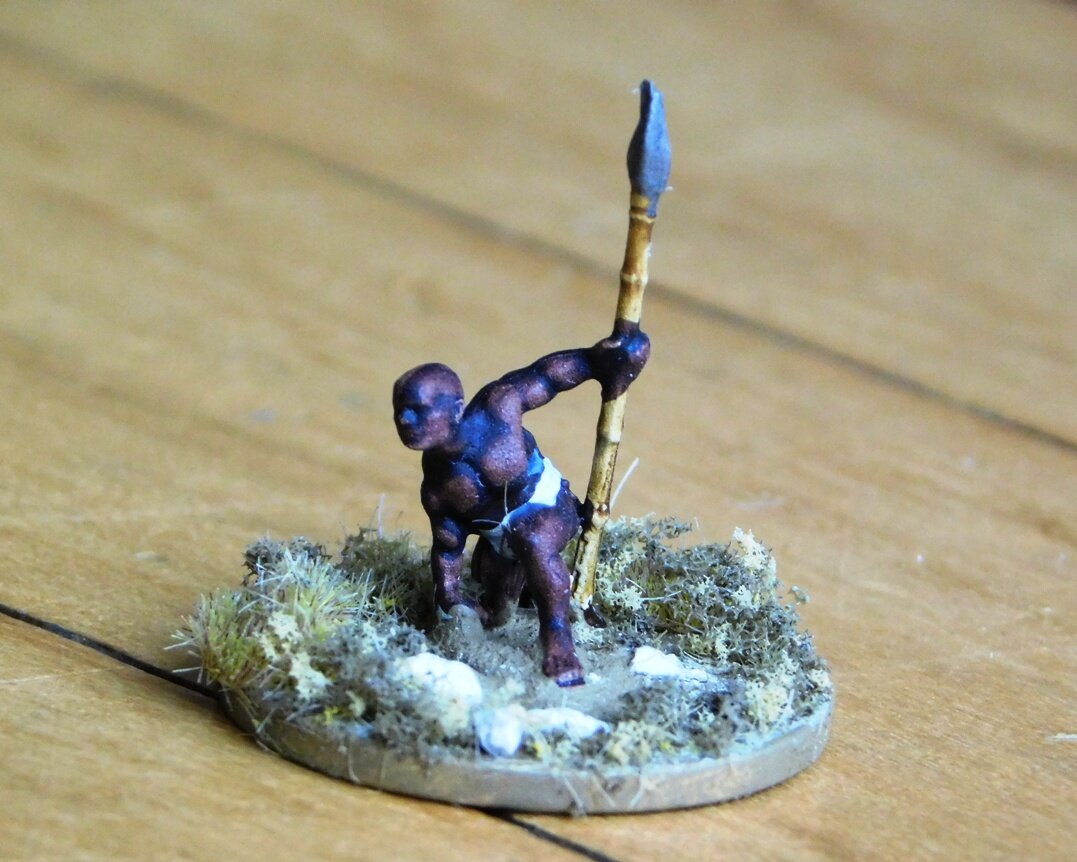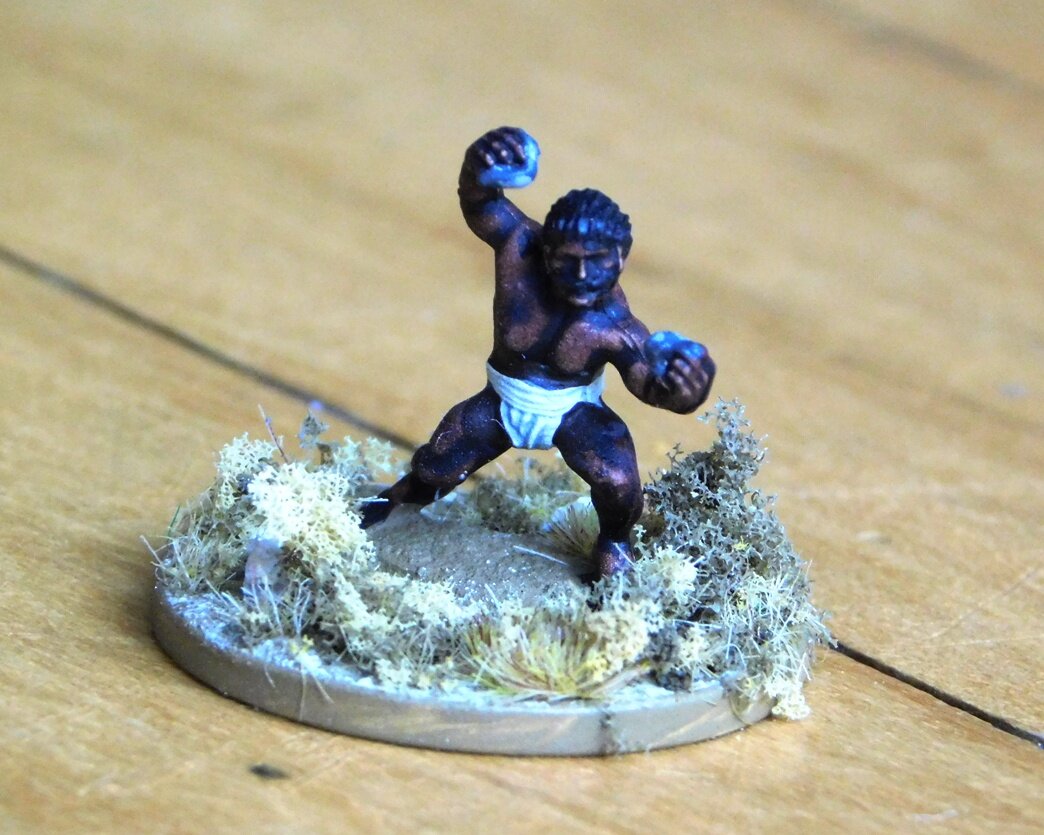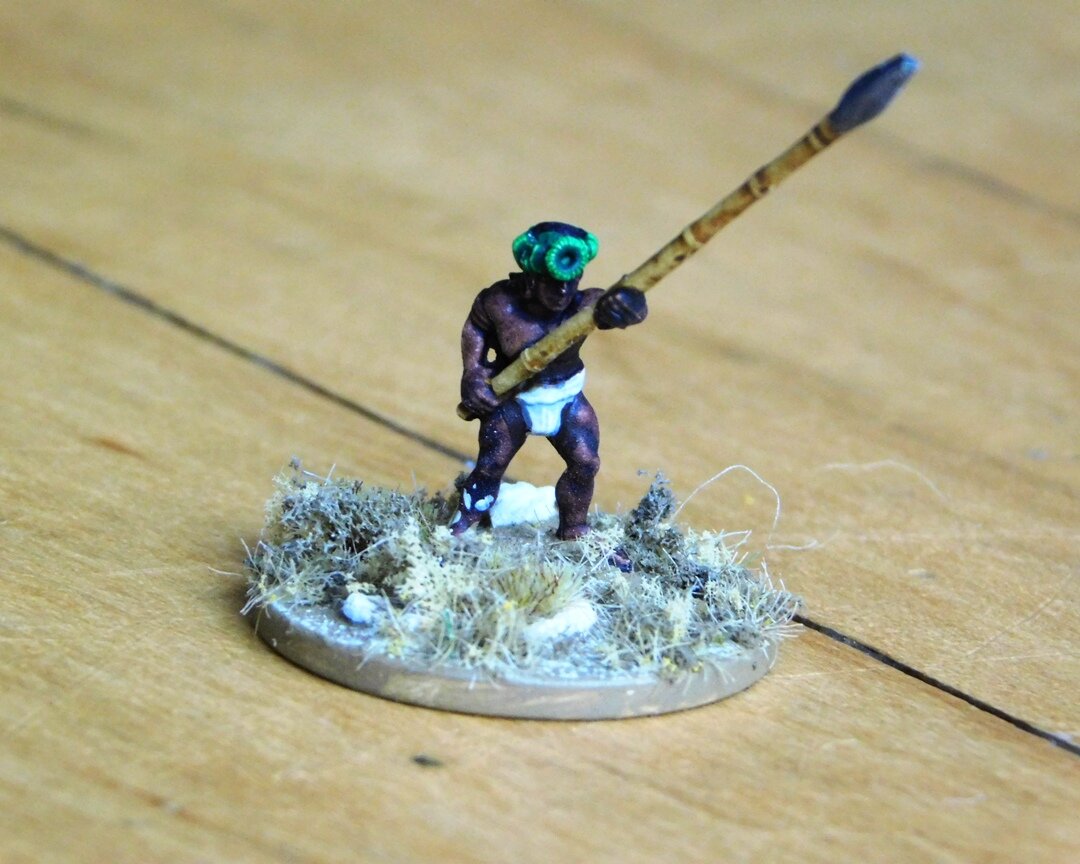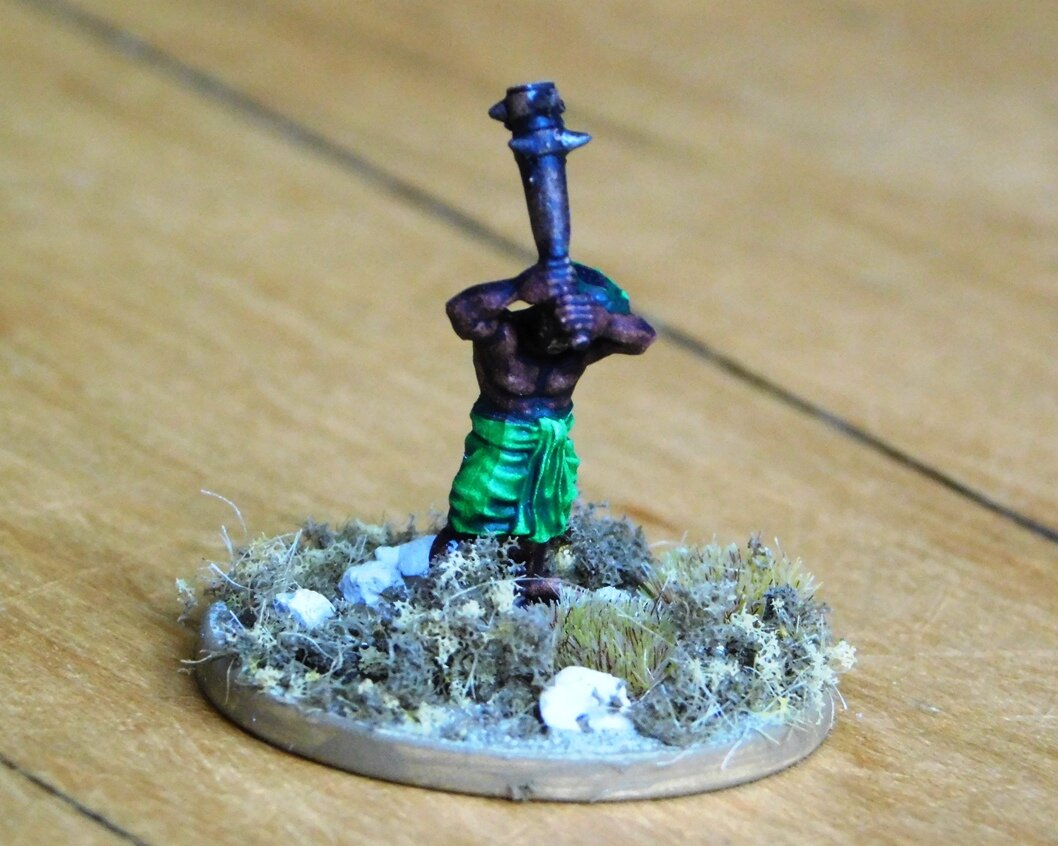All Change for the Akkadians
/Over the many years that I have been gaming, I have often heard people discussing the negative effects of a change in codex i.e. an official change to a set of rules or army list that renders an army or units that they use effectively useless. The codex change eithers removes that army or unit entirely from the lists available (the best example of this is the demise of the entire Squat/Space Dwarf race from the 40K universe) or severely lessens their fighting effectiveness.
I, personally, have never encountered this…until now!
Regular visitors will know that one of the armies I use to play the To The Strongest Ancients rules is an Akkadian army, representing a force from the city of Akkad dating between 2334 and 2154BCE. Up until now, the core of the army has been deep (i.e. double depth) units of Spearmen that are unwieldy to manoeuvre but have a lot of staying power.
I have duly painted up six units of spearmen, each of 48 figures, i.e. 288 figures in total.
A bit unwieldy, but plenty of staying power
The latest version of the lists, however, accompanied by a new v10 edition of the Even Stronger official amendments, has changed all this.
No longer are the Akkadian spear units deep: they have reverted to being normal depth.
Now I don’t actually have a problem with this - I get more units in my army, my force becomes more flexible tactically, and my army can now have an army standard, something I have always felt lacking in the pre-biblical lists - but that does mean that half of my 288 figures will now be sitting on the sidelines during a game rather than marching to victory with their comrades.
Luckily I have based them so that I can easily represent the change (I’ll just field the front two elements rather than former four, and it’s lucky that the command figures are in the second rank not the third where I’d originally intended to put them) but it still seems a shame that half the core army won’t now see action. Perhaps I’ll just field them as is, but treat them as normal depth!
On the plus side, however, as mentioned above I can now field an army standard so, as I wanted a different standard to my existing Museum Miniatures Z Range Sumerian unit standards, I quickly ordered a standard and some additional figures from Eureka…which leapt to the front of the painting queue as soon as they arrived.
Nice figures that size well with my existing collection. I still prefer the Museum Miniatures figures for their chunkiness (the axes and standard pole are a bit puny on the Eureka figures) but these make a nice change.
As I was already on the Eureka site, I also took the opportunity to buy some light javelinmen for the Akkadians. Even Stronger now allows mounted troops (such as my Akkadian Gish Gigir 4-wheeled battle cars) to be supported by lights in a way that means that I can take a hit meant for the battle cars onto the lights rather than onto the battle cars themselves. As the battle cars are my only mounted troops, so nasty to lose, and I don’t get that many of them, this is a very useful rule change indeed.
The Eureka lights are a bit stiffer in pose than my Museum lot, but do enjoy magnificently flowing locks of, presumably, black hair. I’d better look for a regimental barber figure too!
So it’s all change for the Akkadians, and I look forward to trying out the new, nimbler version of the army as soon as possible!




